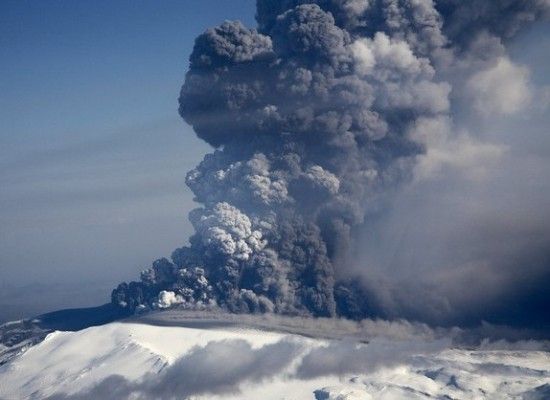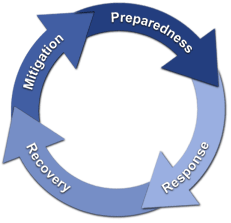(Source: http://www.nhc.noaa.gov/index.shtml)
(Source: AP/NASA)
Currently, in the Western Hemisphere, three hurricanes are active with Hurricane Karl already making landfall near Veracruz, Mexico and affecting central Mexico. Igor and Julia are approaching land in the next few days. What began as a relatively quiet Hurricane Season has now picked up activity rapidly. What are the key factors facing populations and public health officials this year and what lessons have been learned during the past 5 years?
- Communications: Technology has allowed public health officials to provide messages and information about impending storms through multiple venues such as internet, text messages through mobile phones, and traditional outlets such as TV and radio. Although after the hurricane makes landfall and disrupts power supplies, prior to landfall government officials have many options to provide warnings and preparedness instructions to local populations.
- Evacuations: Communities at risk for hurricanes have become more attuned to evacuation preparations and routes. When Katrina and Rita struck 5 years ago, the media showed stark images of people stranded in long lines attempting to evacuate cities. Through dedicated evacuation lanes and plans to evacuate communities in a staggered pattern will assist evacuations this year.
- Response Resources: Localities are beginning to regionalize resources so that smaller, adjacent municipalities can share resources with larger cities. In addition, improved communications and interactions among local, state, and national officials will assist in future responses.
Although public health officials and governments can assist at the macro level with preparedness and response, ultimately, individuals and families will have the final responsibility in how well they endure a hurricane. Hurricane Ike just over 2 years ago showed that some people continue to remain complacent in the threat of a disastrous storm.












